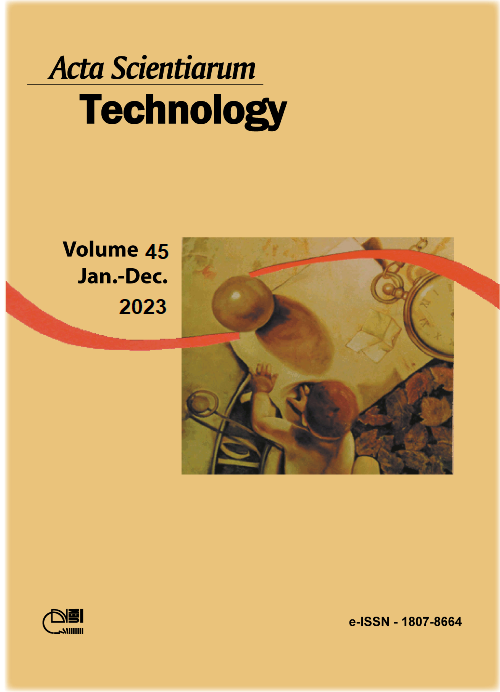Classifying the physical activity indicator using machine learning and direct measurements: a feasibility study
DOI:
https://doi.org/10.4025/actascitechnol.v45i1.61317Keywords:
machine learning; postural Sway; physical activity; SVM; IPAQ; feasibility study.Abstract
Low levels of physical activity (PA) are related to an increased risk of death, hypertension, coronary disease, stroke, diabetes, and depression. Then, assessing the level of PA of a person is essential to create training programs that help prevent such risks. However, current measurements of PA are mainly subjective and tend to underestimate or overestimate the PA level of a person. This article intends the result of a pilot cross-sectional feasibility study that pretends to classify the PA level through direct and objective measurements. For this, direct measurements such as anthropometric and postural sway (PS) features from fifteen participants (8 Male and 7 Women) were obtained. To predict the level of PA machine learning technique of Support Vector Machines SVM was used. The classifier showed high F1, recall, and precision scores around 80%, and after feature importance selection and hyperparameter were tunned, they reached 100%. Results suggest that the use of direct measurements to classify the PA level is feasible and that there is a correlation between direct measurements and the IPAQ-SF, an indirect measurement that is typically used to assess the level of PA. This classifier intends to be a tool that helps trainers and physicians to endorse or adjust their physical training and rehabilitation procedures based on the objective evaluation of patients.
Downloads
Downloads
Published
How to Cite
Issue
Section
License
DECLARATION OF ORIGINALITY AND COPYRIGHTS
I Declare that current article is original and has not been submitted for publication, in part or in whole, to any other national or international journal.
The copyrights belong exclusively to the authors. Published content is licensed under Creative Commons Attribution 4.0 (CC BY 4.0) guidelines, which allows sharing (copy and distribution of the material in any medium or format) and adaptation (remix, transform, and build upon the material) for any purpose, even commercially, under the terms of attribution.
Read this link for further information on how to use CC BY 4.0 properly.











8.png)




